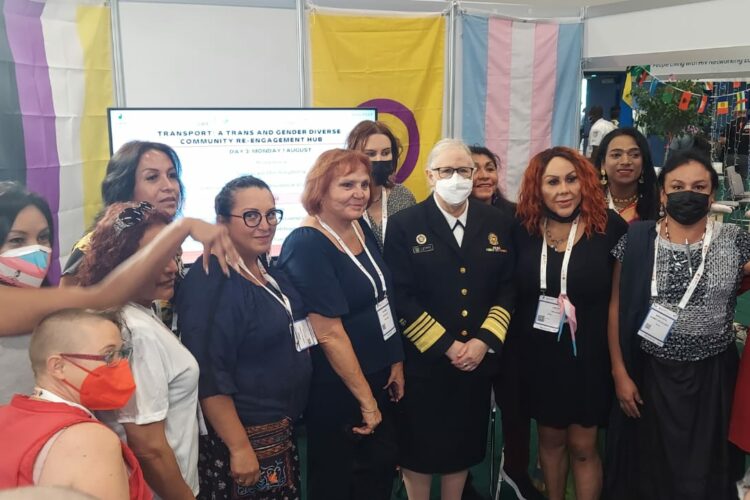The final day has wrapped-up. Check out some highlights!
Evidence for PrEP Implementation in Latin America: ImPrEP Project Results
- Prep study in Brazil, Mexico, and Peru showed that: 1. incidence of HIV among transgender people and young people (18-30) is higher; 2. Although PrEP adherence and engagement were high, disparities were observed among the most vulnerable populations, which may jeopardize the overall efficacy of PrEP programs, increasing inequities in PrEP benefits; 3. Social and structural determinants of HIV risk need to be addressed to achieve full realization of its benefits.
- In Mexico, participants with sexual behavior related to higher HIV risk remained in PrEP, but there was a lack of strategies to retain trans women, young MSM and less educated population. There is a willingness to use PrEP in Mexico among vulnerable populations but increasing awareness and creating demand is necessary.
- Factors predicting PrEP failure are:
Sociodemographic– transgender, younger, lower educational attainment,
Sexual behavior – receptive CAS predicts less discontinuation but more seroconversion,
Other factors – sex work, STIs at enrollment,
Not seeking PrEP at enrollment - People who are in most need of PrEP are most likely to fail.
- Programs should: 1. Enhance awareness and promote improved self-perception of HIV risk; 2. Identify predictors of discontinuation and seroconversion at enrollment and provide tailored support to individuals with those characteristics to prevent failure; 3. Implement hybrid – oral & injectable – PrEP strategies.
- Community needs to be involved from the planning phase.
Rapporteur report back session
- VRC01 neutralizing viruses, antibody treatment is 75% effective at preventing infection
New vaccine technologies:
- VLP mRNA vaccine to reduce antibody responses
- mRNA lipid nanoparticle – faster development
- Lesson learned from COVID-19: Vaccine prevent of disease versus acquisition
- Can BNas treat infection? : Two antibodies in combination can significantly delay time to viral rebound following ART interruption
- HIV infected cells persist because latency, tissue that excludes killer cells, anti-cell death pathways
- Scientists should engage with communities right from the start of planning and consider the spread of interventions in an equitable way
- Long-active therapies: in Argentina PLWH – 91.5% preferred injectable LA-ART; HIV negative 68% preferred LA-PrEP
Other tracks
- PrEP use in the US (relative to epidemic) lagged for Black and Hispanic people and those living in the South and the disparity increased over time
- Higher adverse birth outcomes observed among WLHIV not on ART in Malawi
- Support prior studies showing safety of prenatal PrEP use (ARV exposure without HIV exposure) in Kenya
- Stigma (community, family, anticipated health care stigma) discrimination, othering, medical mistrust and trauma may have incidence in accessing proper treatment. Multi-sector solutions are needed to address stigma (digital technology, graphic arts). Leveraging digital tools is vital to strategizing around the response
- It is important to address harm reduction in vulnerable populations (black and indigenous peoples). Science should prevail over prejudice and ideology
- People with HIV are unjustly criminalized around the world for non-disclosure, exposure, transmission, donating blood. Improving quality of life of LGBTQ+ people is required to achieve 95-95-95 target; decriminalization of trans and queer people is critical to ending HIV
- Community based organizations need to be sustainable, evidence will only happen if communities are involved in all stages of research. Community-lead monitoring fills gaps and supports accountability. Communities need resources, recognition, partnerships, meaningful engagements and leverage





